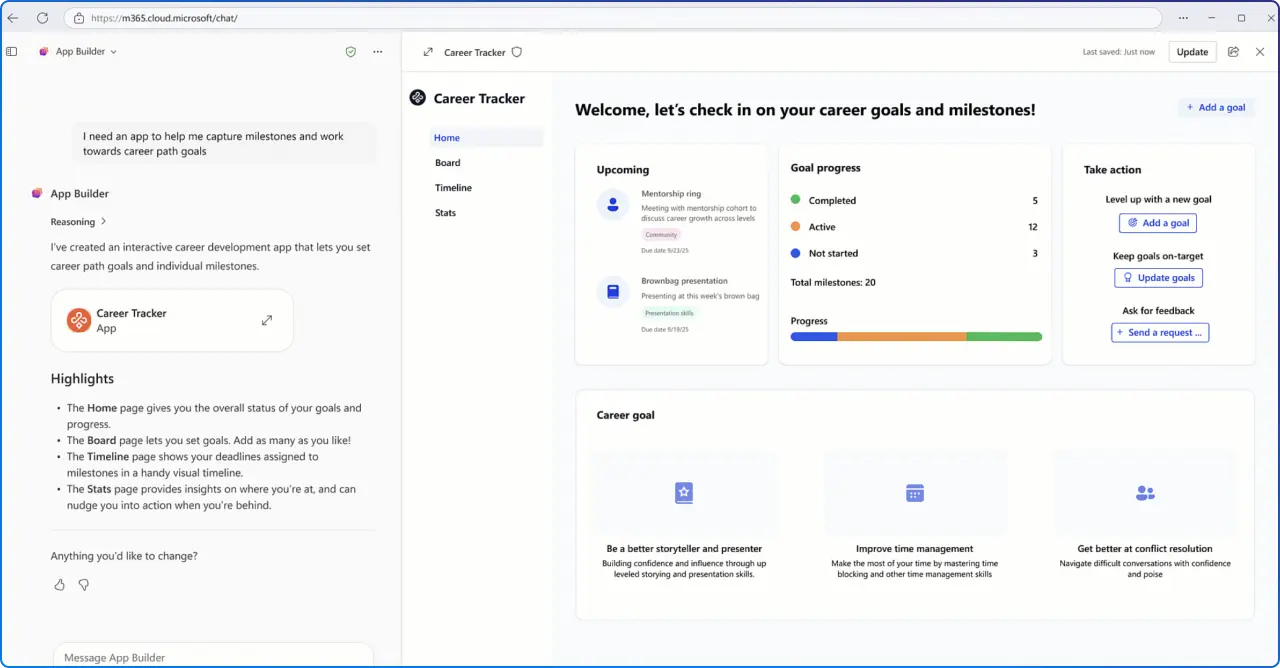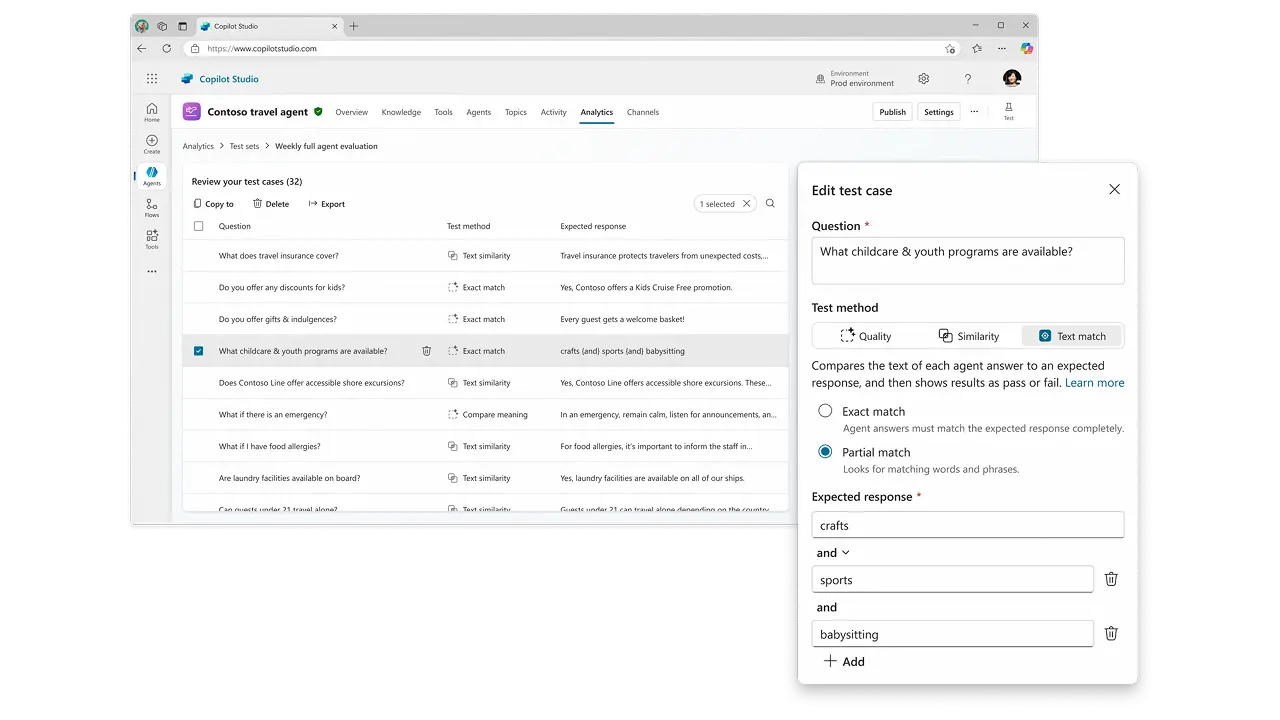

The Power Platform Community Conference 2025 has set a new benchmark for innovation. Microsoft’s announcements this year reflect a clear direction; bridging automation, app creation, and AI-driven assistance into one cohesive experience across Microsoft 365.
If you couldn’t attend in person, here are the five biggest announcements that will reshape how organizations design, govern, and scale their Power Platform and Copilot strategies.

.webp)
Microsoft 365 App Builder and Workflow Agents are redefining how organizations approach application development and automation. This new offering enables users to build and extend apps within Microsoft 365 using Copilot Studio Agents, Power Automate workflows, and Microsoft Graph data, all from a unified interface. This will enable IT and business users alike to create contextual, intelligent experiences that live where work happens: Teams, Outlook, and Microsoft 365. Together, they represent a major leap toward no-code application and automation orchestration directly inside Microsoft 365.
Key Features:
Why it matters:
This convergence simplifies development and governance. It connects the low-code capabilities of Power Platform with the reach of Microsoft 365, turning automation into an app experience and giving agents the power to act across tools and data sources seamlessly.

Testing agents just got smarter. Test Sets in Copilot Studio allow makers and admins to validate conversational flows, logic, and outcomes before deploying agents into production.
Organizations can now create structured test scenarios, track performance metrics, and integrate testing into CI/CD pipelines, a critical step toward enterprise-grade reliability and governance for AI agents.
Key Features:
Why it matters:
For many enterprises experimenting with Copilot adoption, quality assurance has been a missing link. Test Sets close that gap, enabling disciplined agent lifecycle management, from design and testing to monitoring and iteration.

Another groundbreaking update: Copilot Studio Agents are coming directly to Office clients. This means that custom agents you build can now assist users inside Word, PowerPoint, and Excel, performing actions, answering questions, or automating repetitive tasks tied to business data.
Key Features:
Why it matters:
This turns Office into a platform for custom business Copilots. Instead of switching between apps, your employees can interact with internal copilots that understand your company’s data, processes, and policies, right within their daily productivity tools.

Governance took center stage with updates designed to help organizations balance agility with control. Admins can now define Environment Group Admins, assign Read-Only roles, and support Service Principals for automated management scenarios. This evolution brings fine-grained administrative control, aligning with Microsoft’s broader push for “Managed Environments.”
Key Features:
Why it matters:
Enterprises can delegate responsibility safely while maintaining visibility. These new controls are a big step forward for compliance, tenant scalability, and multi-team collaboration across complex environments.

The debut of Computer Use Agents expands what AI can automate. These agents can interact with desktop applications, web browsers, and files, performing actions just like a human user.
From launching apps to filling out forms and extracting data, this new capability bridges cloud and on-premises workflows, bringing the full power of Robotic Process Automation (RPA) and AI together.
Key Features:
Why it matters:
Computer Use Agents unlock automation for legacy systems and non-API workloads. It’s a game changer for industries still running critical desktop applications, enabling hybrid automation that adapts to every business environment.
Microsoft’s Power Platform strategy is clear: connect people, processes, and AI agents through a unified experience. With these updates, organizations can:
Microsoft’s latest advancements give you the power to lead the charge toward smarter, more intuitive workflows. The future of app building and automation isn’t a distant concept, it’s ready for you today.
At 2toLead, we’re helping organizations reimagine what’s possible with Copilot Studio and the Power Platform. From governance frameworks to agent adoption roadmaps, our mission is to help you Love the way you work. Together™.
Join Our Mailing List